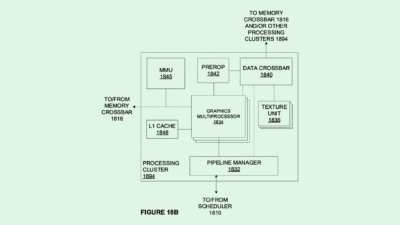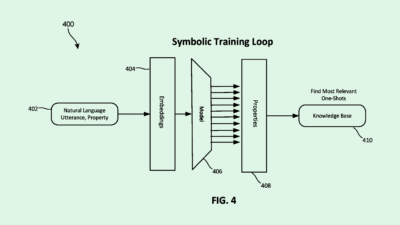Quantum Computing Race Isn’t Run ‘In a Vacuum’
“It is a technology that is emerging worldwide.”

Sign up to get cutting-edge insights and deep dives into innovation and technology trends impacting CIOs and IT leaders.
Scalable quantum technology isn’t going to be here tomorrow … or the next day. But that doesn’t mean we should pump the brakes.
Last week, experts in the quantum field made the case before the House Science Committee for expanding the US government’s coordinated effort to advance the technology. As the quantum race heats up, the US may not be able to afford to be complacent if it wants to be first in the market, said Dr. Celia Merzbacher, executive director of the Quantum Economic Development Consortium, who testified at the hearing.
“It’s a classic technology that can have a lot of commercial benefits and public good, and it also can be used for defense and national security and military purposes,” said Merzbacher. “But it is a technology that is emerging worldwide. It’s not something that’s being done in a vacuum.”
Quantum breakthroughs are happening at an increasingly rapid rate. In the past several months, American firms like Google, Amazon and Microsoft have all announced new quantum computing chips with capabilities that they claim far outweigh classical chips. US venture capital firms invested $1.7 billion in the tech in 2024.
- Meanwhile, in the public sector, the National Science Foundation is funding several university-led quantum centers, and the Department of Energy is running its own research centers dedicated to the tech.
- But when compared with investment in other countries, US quantum dollars have fallen behind: China has poured $15 billion into quantum efforts, according to Merzbacher, whereas the US sits at $7.7 billion.
- Chinese organizations also represent more than half of all quantum patents filed in the past four years — four times that of the US — according to the Quantum Economic Development Consortium’s state of the industry report.
“Venture capital has got a five-year time horizon, and some of these investments and developments are going to take longer,” said Merzbacher. “That’s where the government can come in and be that kickstarter, and get things going to the point where then the private sector will be willing to take the risks.”
The sheer potential power of quantum technology can have a lot of use cases, Merzbacher said. In sensing, the tech can be useful in navigation and imaging. Researchers can use quantum computing to vastly accelerate materials discovery in fields such as pharmaceuticals or engineering. And while enterprises may struggle to figure out how to leverage it at first, when scaled, the tech presents massive potential for optimization.
However, quantum is far from becoming an everyday reality. The tech faces a number of barriers, largely due to the finicky and delicate nature of its equipment. Devices are greatly impacted by environmental factors like temperature and “noise,” or vibrations and electrical interference.
And until the barriers are overcome, the only current use case for quantum computing poses a massive cybersecurity and national security threat to organizations that aren’t prepared: “The best thing we know how to do with a quantum computer now is breaking encryption,” said Merzbacher. “That’s not a good, beneficial use.”
“It’s part of the reason that the government is extremely intent on understanding this technology and not being second place,” Merzbacher added.











